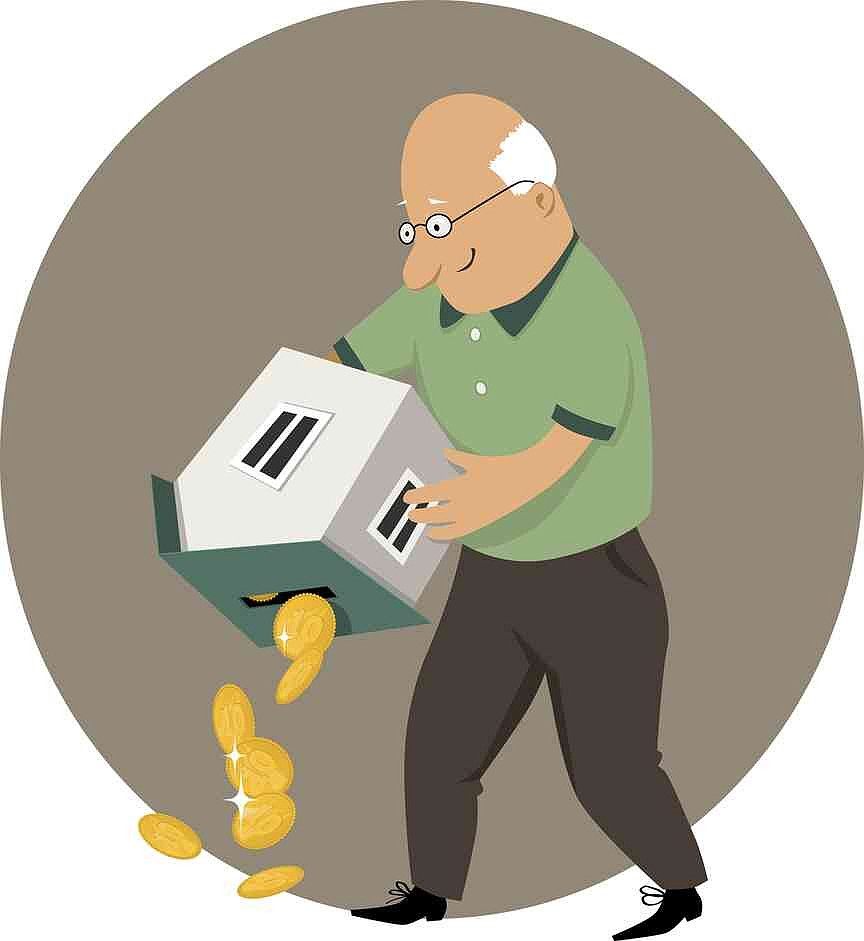Unlocking the Cash in Your Home: Understanding Home Equity Options
In today’s economy, where inflation and the rising cost of living weigh heavily on many households, homeowners are increasingly considering options to tap into their home equity for additional funds. Whether it’s for home improvements or consolidating debt, understanding your choices is crucial. Let’s explore home equity lending products like home equity loans (HELoans), home equity lines of credit (HELOCs), and cash-out refinancing.
What is Home Equity?
Home equity is the portion of your home that you truly own, calculated as the difference between your home’s current market value and the outstanding balance of your mortgage. With rising home values, many homeowners are finding themselves with significant equity that can be utilized for various financial needs.
How to Access Your Home Equity
Cash-Out Refinance
A cash-out refinance involves replacing your existing mortgage with a new, larger loan. The difference between the two amounts is delivered to you in cash at closing.
- Example: If your home is worth $200,000 and you owe $100,000, you can refinance for $150,000 and receive $50,000 cash.
Keep in Mind: This will increase your overall debt and potentially your interest payments over time.
Home Equity Line of Credit (HELOC)
A HELOC acts like a revolving line of credit, allowing you to borrow against your home’s equity.
- Characteristics:
- Adjustable interest rates.
- A draw period usually lasting around 10 years, during which you may only need to pay interest.
- After the draw period, you enter a repayment phase where you’ll pay back both principal and interest.
Home Equity Loan
A home equity loan is a fixed-rate second mortgage that lets you borrow a lump sum against your home equity.
- Features:
- Fixed payment structure.
- Typically paid back over a longer term, similar to a primary mortgage.
Consideration: Although interest rates for home equity loans can be lower than personal loans, they are usually higher than those for primary mortgages.
Reasons to Think Twice
Even if you’ve identified worthy purposes for your home equity, caution is critical. Here are a few reasons to reconsider:
High Interest Rate Environment
Currently, home equity interest rates hover in the 7-10% range. While more favorable than rates for credit cards, it’s essential to realize that these rates are still not negligible. Being strategic about borrowing is key.
Increased Debt Burden
Borrowing against your home increases overall debt, which can complicate future finances. Paying off a HELOC could become burdensome if cash flow decreases or unforeseen circumstances arise.
Unpredictability of Home Values
While home prices have generally been on the rise, fluctuations are possible. A drop in home values could lead to being upside-down on your mortgage, meaning you owe more than your home is worth.
Risk of Losing Your Home
Since home equity loans and HELOCs are secured by your property, failing to make payments could lead to foreclosure.
Tips for Tapping Into Home Equity Wisely
If you’re considering using your home equity, keep these essential tips in mind:
-
Assess Your Equity: Ensure you have a substantial amount of equity to minimize risk.
-
Use Funds for Meaningful Purposes: Invest in home improvements, pay off high-interest debts, or cover necessary education expenses.
-
Shop Around: Compare various lenders to find the best rates and terms for your HELOC or HELoan. Online tools like Bankrate can help with comparisons.
- Stay Informed About Market Conditions: Monitor interest rates and market trends to time your borrowing appropriately.
Final Considerations
Tapping into your home equity isn’t just a simple process. Thoroughly evaluate your financial situation and the potential risks involved.
- Think Long-Term: Are you taking on old debt with new debt? This can complicate your financial landscape.
- Emergency Savings: Prioritize maintaining an emergency fund before considering a home equity loan.
While accessing home equity can provide vital support in tough financial times, it’s vital to consider the implications of such a decision carefully.
FAQs
How do you build home equity?
Building equity typically involves making a larger down payment, paying down the mortgage principal, and increasing home value through renovations.
What are alternatives to using home equity?
Consider personal loans or credit cards for smaller loans, as they do not require collateral.
What is the most affordable way to access home equity?
HELOCs usually carry lower upfront costs and allow for flexible borrowing, though they can become costly over time due to variable interest rates.
Key Takeaways:
- Tapping into home equity can yield cash but comes with risks.
- Current interest rates and market dynamics necessitate careful consideration.
- Use home equity wisely and explore other financing options before borrowing against your home.
For a deeper look into home equity and financial strategies, refer to Bankrate.


